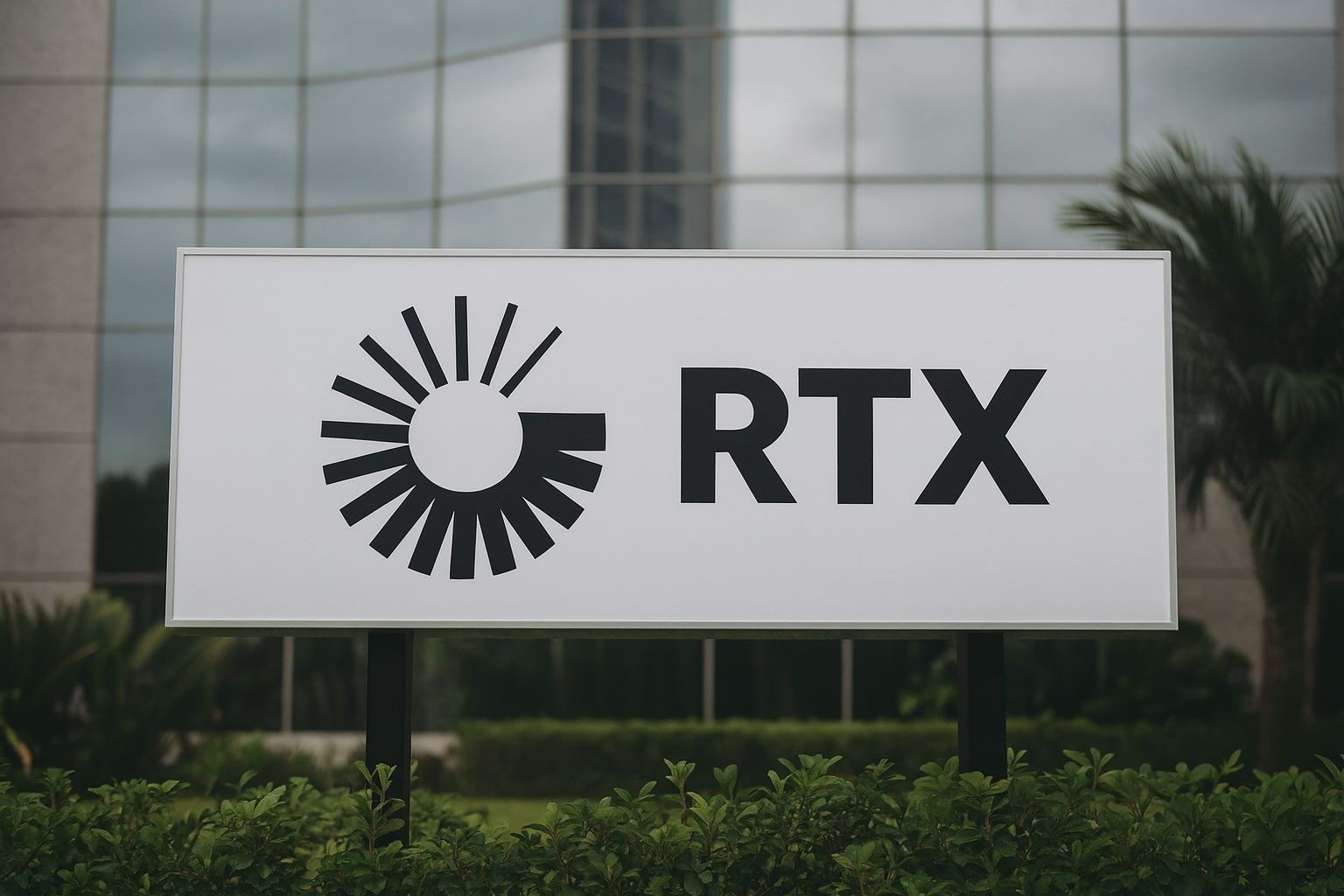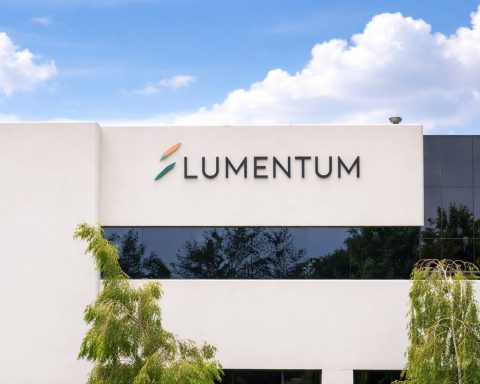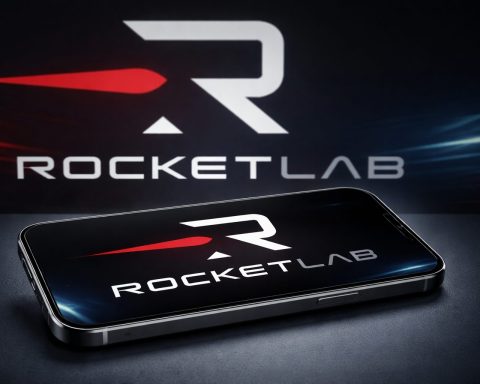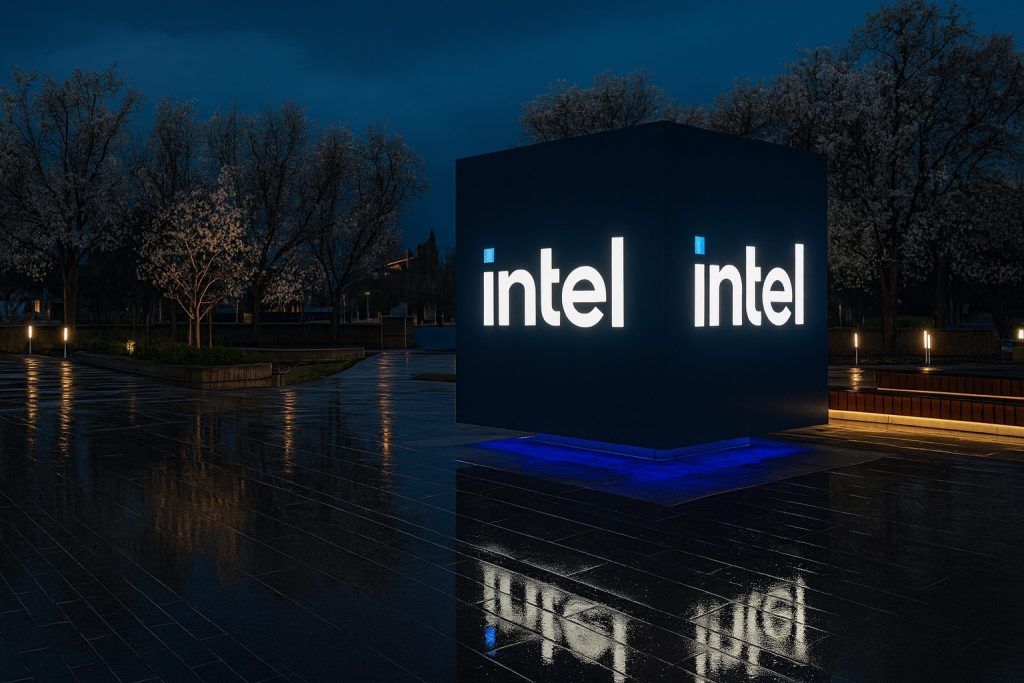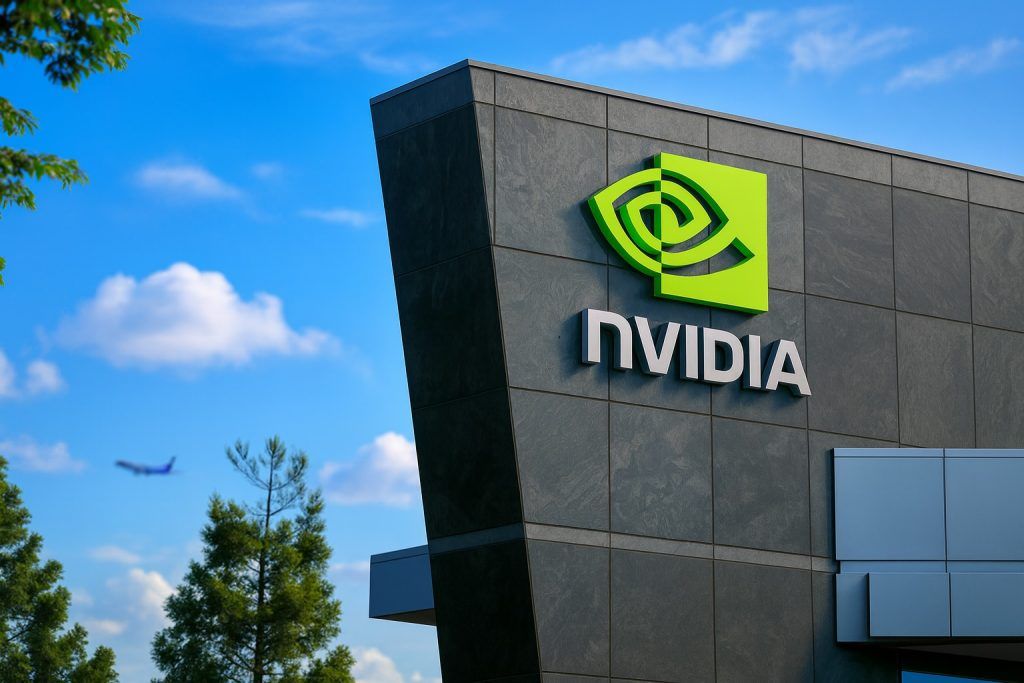- RTX Outperforms: RTX Corporation stock traded around $157.80 on Oct. 17, 2025, edging up about +0.5% in a flat market (S&P 500 down ~0.6%) [1]. Shares are roughly flat over the past week and month, but remain below an Oct. 8 peak (~$170). Investors bid RTX higher today amid positive company-specific news.
- Engine Milestone: RTX’s Pratt & Whitney unit secured EASA certification for its new GTF Advantage jet engine, a major regulatory greenlight following earlier FAA approval [2]. Management hailed the upgraded engine as a “game-changer” for airline operators [3], with entry into service expected in 2026.
- Defense Demand Boom: RTX’s Raytheon division broke ground on a $53M expansion to boost production of its LTAMDS air-defense radar, aiming to “meet growing global demand” [4]. The U.S. Army’s newest Patriot-replacement radar has strong international interest – “about a dozen” foreign buyers have signaled intent, and Poland already committed to 12 units [5].
- Earnings on Deck: RTX will report Q3 2025 earnings on Oct. 21. Analysts expect ~$1.42 EPS (∼2% YoY decline) on $21.5 B revenue (+6.9% YoY) [6]. Robust engine and defense sales are seen driving top-line growth, but higher tariffs and cost pressures could weigh on profit margins [7]. Investors will watch if RTX beats forecasts and updates its 2025 outlook.
- Analyst Sentiment: Wall Street remains bullish. The average 12-month target is around $165 (~4% above current) [8]. Bernstein recently raised its price target to $181 (≈14% upside) [9], and Morgan Stanley lauded RTX’s “ability to control costs” and strong backlog as fueling a positive long-term narrative [10]. The stock carries a consensus “Buy” rating, reflecting confidence in RTX’s aerospace and defense trajectory.
Key Facts
- Stock Performance (Oct. 17, 2025): RTX closed at ~$157.80, up +0.48% on the day while broad markets slipped [11]. The stock is essentially flat over the past 5 sessions and one month (after a mid-October pullback from all-time highs). Investors rotated into defensive names like RTX amid market uncertainty. Below is RTX’s recent performance snapshot:
| Period | Price Change (Approx.) |
|---|---|
| 1 day | +0.5% (Oct. 17 vs Oct. 16) |
| 5 days | +0.1% (since Oct. 10) |
| 1 month | ≈ 0% (since Sept. 17) |
Table: RTX stock price percentage change over recent periods.
- Pratt & Whitney Engine Win: RTX’s Pratt & Whitney division notched a key regulatory victory this week. Its next-generation GTF Advantage™ turbofan engine received type certification from the European Union Aviation Safety Agency (EASA) [12]. This follows FAA approval earlier in the year, clearing the path for the upgraded engine to enter commercial service in 2026 [13]. The GTF Advantage brings 4–8% higher thrust and improved fuel efficiency over current models [14]. “EASA certification marks another critical milestone… the GTF Advantage will be a game-changer for operators,” said Rick Deurloo, President of Commercial Engines at Pratt & Whitney [15]. The news buoyed RTX stock, which outperformed the market on Oct. 17 as investors anticipated future engine sales and aftermarket revenue from this platform [16]. Pratt & Whitney’s commercial engine business has been a growth driver, though it faces ongoing challenges replacing and servicing earlier GTF models. (Some airlines, like Turkish Airlines, still expect groundings from Pratt engine issues to persist into 2027 [17].) Nonetheless, the GTF Advantage’s debut is seen as a positive catalyst reinforcing RTX’s position in next-gen aircraft programs.
- Defense Contracts & Geopolitical Tailwinds: RTX’s substantial defense portfolio (the legacy Raytheon business) is benefiting from surging global military demand. On Oct. 15, RTX announced an expansion of its Lower Tier Air and Missile Defense Sensor (LTAMDS) facility in Andover, MA [18]. The company is investing $53 million to add 23,000 sq. ft., enabling a production ramp-up for this 360° anti-missile radar designed to counter advanced threats like hypersonic weapons [19] [20]. “This vital investment will significantly bolster our ability to meet the growing global demand for LTAMDS,” said Tom Laliberty, President of Land & Air Defense Systems at Raytheon [21]. The expansion (to be completed in 2026) will let RTX triple its radar output, with capacity for up to 18 units per year for U.S. and allied orders [22] [23]. Notably, Poland has already ordered 12 LTAMDS radars (the first foreign customer) alongside dozens of Patriot launchers [24], and RTX reports “a dozen” other nations have formally expressed interest [25]. This robust demand has swelled RTX’s defense backlog – part of a record $221 billion total backlog the company reported recently [26] [27]. Broader geopolitical trends are fueling defense sales. With Russia’s war in Ukraine and heightened tensions globally, the U.S. and allies are boosting defense budgets. Just this week, the EU proposed new “flagship” defense projects to counter emerging threats on its eastern flank [28]. Such moves underscore a favorable environment for contractors like RTX. In late August, RTX’s Pratt & Whitney unit also won a $2.8 billion Pentagon contract to build 141 F135 jet engines (for Lockheed’s F-35 fighter) [29] [30] – a deal that lifted RTX shares +1.7% at the time [31]. And in the past year, RTX has secured tens of billions in new awards, including U.S. Army contracts and international Patriot missile system sales [32] [33]. These wins drove RTX’s defense backlog to unprecedented levels and provide visibility into future revenue [34] [35]. “Escalating global tensions…have prompted nations worldwide to significantly boost their defense budgets,” noted one analyst, adding that RTX is “poised for continued growth” given its entrenched position in key programs [36] [37].
- Upcoming Earnings & Outlook: All eyes now turn to RTX’s Q3 2025 earnings report, due October 21 before market open [38]. Wall Street consensus expects earnings of $1.42 per share (a slight -2.1% YoY decline) on $21.48 billion in revenue (+6.9% YoY) [39]. This top-line growth forecast reflects strength in commercial aerospace (recovering air travel boosting Pratt & Whitney and Collins Aerospace) and steady defense sales. Indeed, analysts at Zacks note “rising jet-engine demand and robust segment sales” heading into the quarter [40]. However, RTX’s margins are in focus after recent cost headwinds. The company has navigated inflation and supply-chain costs, and it took a sizable charge earlier for Pratt & Whitney engine recalls. Higher tariffs and cost pressures are now flagged as potential drags on Q3 profits if not offset [41]. For example, new U.S. import/export restrictions or materials tariffs could be squeezing component costs. How effectively RTX’s divisions manage these expenses – and whether they adjust full-year guidance – will be key. Analysts caution that margins could compress if management issues a downbeat update on costs or free cash flow [42]. On the positive side, RTX has a track record of earnings surprises, beating estimates the past 4 quarters [43]. The consensus EPS has only inched down ~0.3% in the last month [44], and forecast revisions imply many analysts remain optimistic. MarketBeat notes the “investor takeaways” are that the engine certification and radar expansion are “timely positive catalysts” supporting revenue visibility, but earnings guidance and commentary on costs will likely drive near-term stock swings [45]. Beyond Q3, investors will look for updates on RTX’s full-year outlook. In July (Q2), RTX raised its 2024 sales forecast amid strong demand [46], but also disclosed the costly Pratt engine inspection program. Progress on that front (e.g. how many jet engines are back in service) could be discussed. Additionally, any indication of defense budget changes (with a new U.S. fiscal year and Middle East tensions) will be important for the Raytheon arm. Analysts will also track RTX’s free cash flow and capital returns. The company pays a 2% dividend and has done large share buybacks [47], which it may resume as cash flows normalize. Overall, the earnings call will be an opportunity for RTX to reassure investors that it can convert its record backlog into profitable growth despite near-term challenges.
- Analysts & Forecasts: Sentiment on RTX remains positive on Wall Street. According to MarketBeat data, the average analyst price target is about $165 [48], roughly 4% above the latest price – suggesting modest upside as the stock has already had a strong run. The range of targets is wide, from bullish highs near $190 to cautious lows around $126 [49], reflecting differing views on execution risks. Several analysts have raised their targets in recent weeks. Notably, Sanford Bernstein on Oct. 6 reiterated a positive view, lifting its 12-month target to $181 (from $157) [50]. That implies ~15% upside and would put RTX stock back near its all-time highs. Morgan Stanley also boosted its target earlier this quarter (to ~$178) and maintained an “Overweight” rating, citing cost controls and a robust defense backlog underpinning RTX’s outlook [51]. “Bullish sentiment [among analysts] highlights RTX’s ability to control costs and deliver on its large backlog,” their report noted [52]. Overall, 14 out of 18 analysts tracked by one source rate RTX a “Buy” or “Overweight”, with none recommending sell [53]. This confidence stems from RTX’s unique positioning as a global aerospace & defense leader with diversified revenue streams (commercial aerospace recovery and steady defense contracts). However, some analysts urge caution on valuation. After a ~50% rally in the past year, RTX trades around 21 times forward earnings, rich for its sector [54]. If supply-chain hiccups or cost issues persist, upside could be limited in the near term. Still, many on the Street view any dips as buying opportunities given secular tailwinds. As one independent analyst wrote, “With geopolitical tensions high, defense spending on the rise and RTX’s backlog at records, the company appears poised for continued growth” [55] [56]. Investors will be watching the Q3 results and outlook commentary closely to judge if RTX can indeed deliver on these expectations.
Conclusion
RTX Corporation (NYSE: RTX) enters late October 2025 with solid momentum: a major engine launch cleared for takeoff, booming demand for its defense systems, and an upcoming earnings report that could affirm its growth trajectory. The stock’s slight rally on Oct. 17 – bucking a broader market downturn – signals that traders are focusing on RTX’s fundamentals and news flow rather than short-term macro jitters. To sustain this optimism, RTX’s management will need to show that profits are keeping pace with revenues amid inflation and that operational challenges (like the jet engine retrofit program) are under control. If Q3 results beat expectations and guidance is upbeat, RTX stock could make another run toward its highs. Conversely, any negative surprises or cautious outlook might prompt a pullback given the stock’s recent strength.
For now, RTX stands at the crossroads of two powerful trends – a rebounding commercial aerospace cycle and an upswing in global defense spending. Few companies are as leveraged to both. This dual growth engine, as evidenced by the week’s headlines (from next-gen engines to next-gen radars), gives RTX a compelling long-term story. As one market observer summed up, “RTX has emerged as an interesting investment opportunity…even after a healthy rally, mounting evidence suggests the stock could be significantly undervalued at the current price” [57]. While investors should always be mindful of risks – execution missteps or geopolitical shifts could alter the picture – RTX’s recent developments underscore why it’s a stock to watch. With new technologies coming online and governments prioritizing defense modernization, RTX appears well-positioned to keep delivering growth beyond 2025.
Sources: RTX/Pratt & Whitney press releases [58] [59]; TechStock² newswire [60]; Defense News [61] [62]; Reuters [63]; Zacks/Nasdaq Earnings Preview [64]; MarketBeat analyst insights [65] [66]; TipRanks analysis [67].
References
1. ts2.tech, 2. ts2.tech, 3. www.prnewswire.com, 4. www.nasdaq.com, 5. www.defensenews.com, 6. www.nasdaq.com, 7. www.marketbeat.com, 8. www.marketbeat.com, 9. www.benzinga.com, 10. finance.yahoo.com, 11. ts2.tech, 12. ts2.tech, 13. www.aerotime.aero, 14. www.prnewswire.com, 15. www.prnewswire.com, 16. ts2.tech, 17. www.reuters.com, 18. www.nasdaq.com, 19. www.nasdaq.com, 20. www.defensenews.com, 21. www.nasdaq.com, 22. www.defensenews.com, 23. www.defensenews.com, 24. www.defensenews.com, 25. www.defensenews.com, 26. www.tipranks.com, 27. www.tipranks.com, 28. www.reuters.com, 29. www.reuters.com, 30. www.reuters.com, 31. www.reuters.com, 32. www.tipranks.com, 33. www.tipranks.com, 34. www.tipranks.com, 35. www.tipranks.com, 36. www.tipranks.com, 37. www.tipranks.com, 38. www.nasdaq.com, 39. www.nasdaq.com, 40. stocktwits.com, 41. www.marketbeat.com, 42. www.marketbeat.com, 43. www.nasdaq.com, 44. www.nasdaq.com, 45. www.marketbeat.com, 46. www.tipranks.com, 47. www.tipranks.com, 48. www.marketbeat.com, 49. www.marketbeat.com, 50. www.benzinga.com, 51. finance.yahoo.com, 52. finance.yahoo.com, 53. www.marketbeat.com, 54. www.tipranks.com, 55. www.tipranks.com, 56. www.tipranks.com, 57. www.tipranks.com, 58. www.prnewswire.com, 59. www.nasdaq.com, 60. ts2.tech, 61. www.defensenews.com, 62. www.defensenews.com, 63. www.reuters.com, 64. www.nasdaq.com, 65. www.marketbeat.com, 66. www.marketbeat.com, 67. www.tipranks.com
